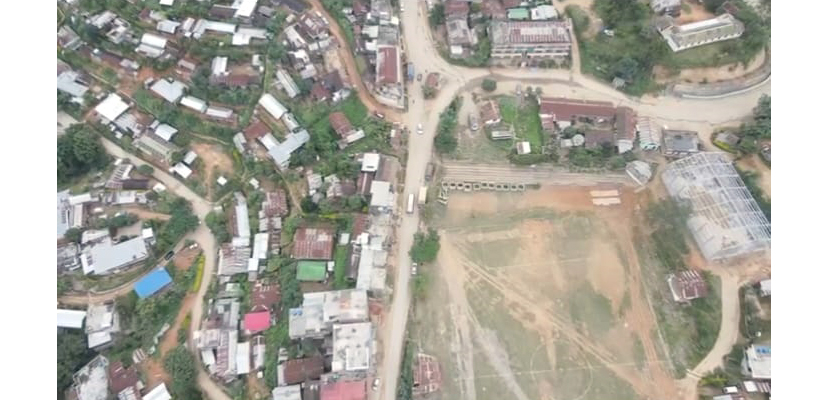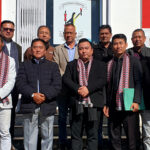Nagaland cabinet grants long-awaited district status to Pochury Naga community

The Nagaland State Cabinet has approved the formation of a separate district for the Pochury tribe, hitherto residing in the Meluri Sub-division of Phek district. Nagaland Minister for Power and Parliamentary Affairs KG Kenye announced the decision following a cabinet meeting at the Nagaland Civil Secretariat. Kenye noted that the Pochury community, part of Phek district, has long aspired to have their own district, and the cabinet has now fulfilled this request.
Sources indicate that an official notification from the Home Department is expected in the next few days. Reacting to the news, President of Pochury Hoho called it a “Red letter day for the Pochury!” and acknowledged CM Rio and his cabinet colleagues.
The new district of Meluri is positioned along the eastern international boundary with Myanmar and shares state borders with Manipur to the south, Kiphire District to the north, and Zunheboto District and Phek HQ to the west.
Nyusietho Nyuthe, Advisor of New & Renewable Energy and the National Disaster Management Authority (NSDMA), highlighted Meluri’s administrative evolution, stating, “Meluri headquarters was first established as a ‘Chairman Bench Court’ in 1958 and upgraded to Circle Officer in 1959. Subsequently, it was elevated to Assistant Commissioner-II, then to Extra Assistant Commissioner in 1969, Sub-Divisional Office (SDO) in 1981, and finally to a full-fledged Sub-Division (ADC) in 2008.”
Meluri, as an international border area, plays a strategic role in India’s Act East Policy, offering one of the most direct routes to Myanmar. The proposed Integrated Check Post at Avakhung is anticipated to be a vital economic corridor, with significant potential to transform the region’s economy. The new district’s proximity to Myanmar’s Leyshi Town (37 km) and New Thamanthi Port (approximately 102 km) further underscores its economic importance.
According to Nyuthe, Meluri’s population has grown from 22,558 in 2011 to an estimated 30,000, spread across 31 recognized villages. The area includes one Town Council (Meluri Town Council) and three EAC administrative headquarters, reflecting its administrative and demographic significance.




